-
Posts
202 -
Joined
-
Last visited
Content Type
Profiles
Forums
Gallery
Blogs
Events
Articles
Store
Downloads
Posts posted by Roy Larkin
-
-
I know it is not much help, particularly as they gave no hint as to how they did it, but 3 Heavy Repair Shop at St Omer were repairing 1,000 ball bearings a month.
-
It's not the first photograph I've seen that should not exist.
-
Tim, how do you know it is 1917?
Firstly: from August 1914, Thornycroft was a Controlled Establishment so every chassis built went to the War Office.
The War Office did supply Russia, certainly in the early days, but not with any War Office approved models or makes as they needed them for themselves. It's why the French were only given Tillings-Stevens in September 1914.
There was a big order from Russia in 1917 but that was given to Austin by the Ministry of Munitions. It was never fulfilled though as the Treasury refused to sanction it as there was doubt over whether Russia could pay and there was concern over the impending Russian Revolution. All orders had to go through the Government and not direct to individual companies.
I've had a quick check and can't find any Thornycroft chassis going to Russia, so it must have been either a War Office chassis or maybe one of Thornycroft's dealers (possibly in Scandinavia?).
There are very few pre-August 1914 J types built and even fewer post 1918 J types. I know absolutely nothing about the trading situation with Russia post Russian Revolution, but suspect there was very little, if any.
-
On 22 September 1919, a deal was negotiated with the French Mission de l'Armament to be able to sell 750 lorries in France at 15% import tax instead of the normal 70% imposed by the French Government at the end of the war. Sales were held by 24 MT Vehicle Reception Park at Gennevilliers (formerly 1 Heavy Repair Shop) with the first one being on 27 November 1919. A total of 9 sales were held with the last one on 21 January 1920. 248 Thornycrofts were sold.
24 MT Vehicle Reception Park opened on 12 April 1919 when they took over all the vehicles held by 1 HRS, (which formally closed on 1 May 1919) and closed on 26 February 1920. Other makes sold through the sales included Swiss Bernas, Hallfords, Albions, Pagefield, Commers, Leylands, Halleys, Dennis, Wolseley but Thornycroft were by far the highest number.
-
 1
1
-
-
48 minutes ago, Tomo.T said:
Tim, could the top no. be the chassis no. ? The lower group could well be a date, 4 / 2/ 20 (I have seen dates written like this on War time docs.)
Any more pics of the dispersal sales please ?
I'd read it like that Tommo, and shipped home through Havre probably to Avonmouth but quite possibly through Chepstow or Newport and then on to Slough.
-
Could possibly be identification letters for the port they were leaving France through. "A" was Calais, "B" was Boulogne & "C" was Havre. Letters possible applied by the VRP as instruction for the RTO as to destination of the vehicle.
-
I would be very surprised if Clayton supplied any chassis rails as spare parts. They would have been simply repaired by the ASC or the vehicle scrapped if beyond repair.
-
Not an appraisal of the whole fleet, Doc, but a comment on Karriers. And only Karriers because 48 DSC had 15 with broken chassis. Actually it was 1916, but I hit the wrong button and got 15. I suspect it was an example used to inform the War Office that the lack of available spare parts was unacceptable as much as anything. Karriers were also a minority make, so may also been an attempt to not keep buying them.
It's not from a report either, it is the War Diary of the Director of Transport, available from Kew. WO 95/71.
Not too much about the lorries themselves but more about the organisation.
-
Doc, nothing odd about the chassis breaking. It was the most common problem for all makers, lorry & car on the Western Front.
-
War Office contract with Clayton was for 5 lorries per week from 17/10/14 at cost of £775 [£85,000 in 2019] each on a 6 week rolling contract. Clayton/Karrier wanted an increase of £25 [£2,443] per lorry in March 1915 which was refused and lorries continued to be supplied at original price until November 1917. The contract was then revised to increase the cost to £815 [£53,750] (amazing how the wars years affected the inflation calculations according to the Bank of England). In October 1921 Clayton/Karrier took the War Office to court for £24,875 [£1,157,603] which they believed was the money owed from March 1915 to November 1917. The outcome of the court case has yet to be discovered. In September 1915, the Director of Transport in France described Karriers as being ineffective due to lightweight chassis that kept breaking.
-
I'm doubtful that it was requisitioned by the military. I've not come across any requisitioned cars and the War Office seem to have purchased cars outright from the start. It is possible that it belonged to an officer as, as Tony says, officers took their own cars just as the cavalry officers took their own horses. It may then have been 'taken over' by the military in France for maintenance and running costs. It may of course only been used in the UK as the military had huge numbers of lorries, cars etc for the home front. My feeling is that if (and its a very big if) that it ever went to France that it was with the original BEF. 'New' officers of companies formed as the BEF expanded would have used the car issued to whichever company they were with. In that case, its very unlikely to have been used as cars were being bought new and the Armstrong-Whitworth was 'non-standard', so would have been kept for the UK, unless somebody had taken it with the BEF as his own property.
Having said all that, it is WW1 and that has a habit of throwing up bits of information that totally contradict anything and everything known so far.
There was an Armstrong-Whitworth ambulance at Kempton Park disposal site in February 1919, but that has registration number AB 1401, (not WD number) so that only served on the home front.
Fascinating project though and I look forward to seeing how progress goes.
-
-
Some where in the archive I'm sure there is a photo of a scene in a village of a truck with laundry gear in it and also outside.
Relating back to this Forum, it is possible such items were used during the war if only at major headquarters to address the needs of the Generals and associated staff requiring a no 1 dress code. I was hoping some one may know of examples of such plant in some museum or collection from which I could gain some photos of.
Doug.
I've only come across Thresh sterilisers on Foden chassis. They travelled to villages/towns etc and stayed a few days while all the clothing was sterilised and moved on to the next village when done. They were also used at hospitals. All clothing was sterilised as often as possible, irrespective of whether for officers or rank and file.
-
A friend in Italy is looking for a set of 10.50x16 tyres for an Austin K2. Any ideas or laughter appreciated. Thanks.
-
Roy, in all my research of Australian artillery I've never actually come across anyone who travelled in a bus! Various diaries suggest that the Australian heavy artillery had continuous use of a fleet of trucks, the odd car, and motorcycle. While the field artillery marched everywhere, including to rest, with a fleet of horses pulling wagons. I know which brigade I'd have volunteered for! So I'm interested to hear about bus travel. Were buses attached to the ASC and shared across divisions; how were they organised? Robert
Robert,
Too big a topic for here really. Destination Western Front has sold out, although the RLC Museum still have a couple in their shop (http://www.rlcmuseum.co.uk) although you might need to email them as I'm not sure it's listed in their on-line shop. Second edition of Destination Western Front should be coming out later this year, so probably best to wait.
First buses into France/Belgium were some single deck B-types though there is no record of what happened to them. I suspect they went to the Belgians. The RND took a company of buses with the Marines to Antwerp which appear to be the first used to carry British troops. These were later absorbed into the ASC in August 1915.
Four ASC companies (90, 91, 92, 93 Coys ASC) were formed in October 1914 using London buses, though only 2 of these (90, 91 Coy) remained as bus companies in France, the other two being converted to lorries on arrival. Several more bus companies were formed and were administered by individual armies until the reorganisation in 1916/17 when they came under the administration of the Auxiliary Bus Park. By 1918, 339, 405, 563 & 588 Coys ASC had also been formed.
They had a variety of roles, from large troop movements, mainly around Flanders and for returning fit troops from hospital to the front and auxiliary roles in back areas. I would need to dig deeper, but given the areas they worked, I feel sure that Australians would have been carried at some point.
-
Would vehicles near the front lines have window glass removed to prevent shattering and the resulting maiming of personnel? One would think that the concussion from shelling would blow them out in short order.
Bosun Al
Lorries never had glass, except for a few modified by companies on in France, usually by stealing windows from buildings. Cars and ambulances kept the glass intact and replaced broken windscreens when they went into workshops. Buses had side windows boarded up by lost more glass through soldiers backpacks than from shelling.
-
I'm way too old to even think about it without needing a long sit down, so how Ben has managed to turn every day into 48 hours long will always be a mystery to me.
-
I gather 'Bus' was the general term for any motorised transport, including aircraft and tanks.
Yes, 'bus' was a general slang for motor vehicles, but 'motor-bus' is far more precise. I think the buses referred to in the book are LGOC B-types, but they had already been converted to lorries when the company were issued with them.
-
I have an original copy and it is a strangely titled book. The ASC company is recorded as being the 1st Indian Cavalry Division Supply Column which was 89 Coy ASC. I also have their records and they tie in with the dates and ships used to move from Avonmouth to Rouen and also the Establishment. The problem is that they never had a bus! Quite why A.M. Beatson called it The Motor-Bus in War is anybodies guess.
-
Probably the same as the British, so a mix of whatever was available at any one time and each mix different.
-
We had the full team assemble at Barrys place for a tyre pressing day. Really pleased that Barry put a block and tackle on the press.
A little disappointingly the first tyres just dropped on to the wheel so we had to take it off and rip up some of Barrys prized canvas to fill the gap. It was all wet so it will help rust everything together.
Then it was all hands to the pumps:
Once that was on we put the second tyre on top and broke for tea
Then back to pumping again:
With great success and merriment all round:
We then unloaded it and did the second one:
With the benefit of hindsight we should have dropped it straight into the trailer. Instead we parked the trailer below an earth bank and rolled the wheels across a plank and dropped them down.
Now Dad just has to unload them. Another pending big task is to select the best back axle, clean it up, paint and attach to the springs. Soon be on all four wheels again...........
Edward Box & Co Ltd used to buy the old hoses from the Liverpool Fire Brigade to cut them up and fit them between wheel and tyre to stop the wheels spinning in the tyres on the Scammell 100-tonner.
-
-
This might go some way to establishing that trying to pin down a particular colour for WW1 vehicles is impossible.
319 Coy ASC (1 Heavy repair Shop), Paris recorded in mid-January 1918 that the painting of lorries after overhaul was very poor due to the paint supplied being 'of poor colour and very gritty. Matter taken up with OC Gas Works to see how to improve the colour.'
The Gas Works was at Gennvilliers and was the parking for wrecks coming into workshops at St Denis, and the completed vehicles that were waiting to be allocated.
-
Thanks for the detail on itinerary in France.
Very disappointed as we will be traveling north through Poperinge with the Crossleys on the 18th, the day before the B type will be there!
Do you know the details of when the bus passes will through Dover or Calais as our paths will cross!
I would have loved to see it.
Tom
Sod's Law at work Tom, I will be meeting up with the bus at Ypres for the last post on the 20th. It will be in Poperinghe on the 19th to open an exhibition, but unfortunately I didn't fancy going over on the 18th to return in the evening of the 19th to pick the Mrs up to go back again on the 20th, so had to turn down the invitation to the exhibition opening and hastily rearrange holiday to be at Ypres for the first night. Fortunately that will leave 2 weeks to get the Mrs back on side as we'll be out of the Western Front area for most of it.





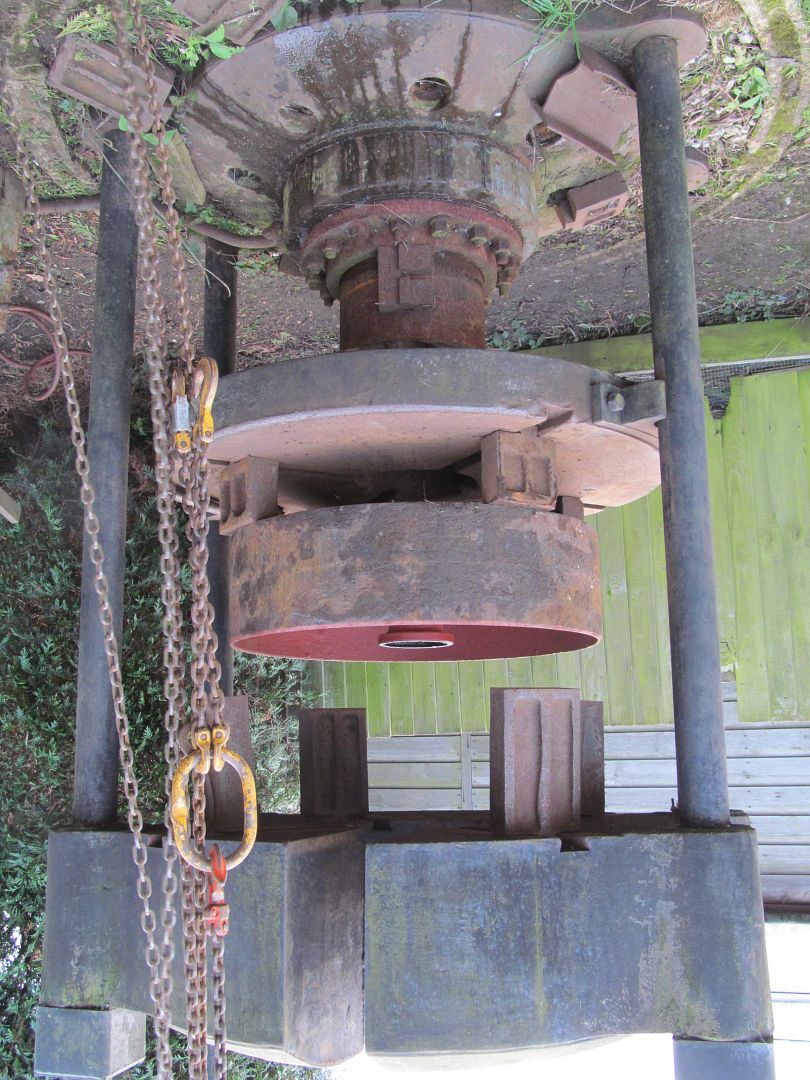
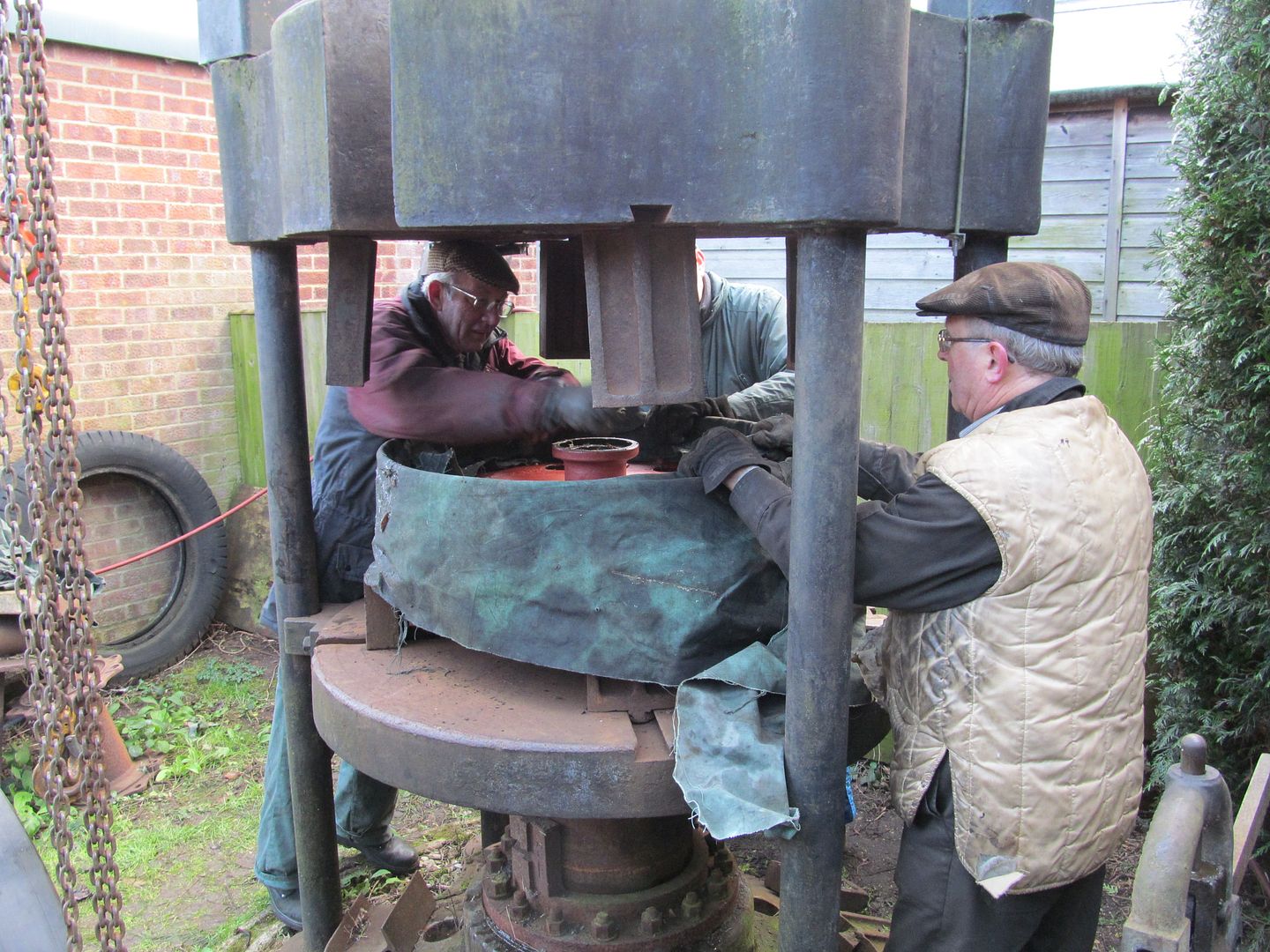
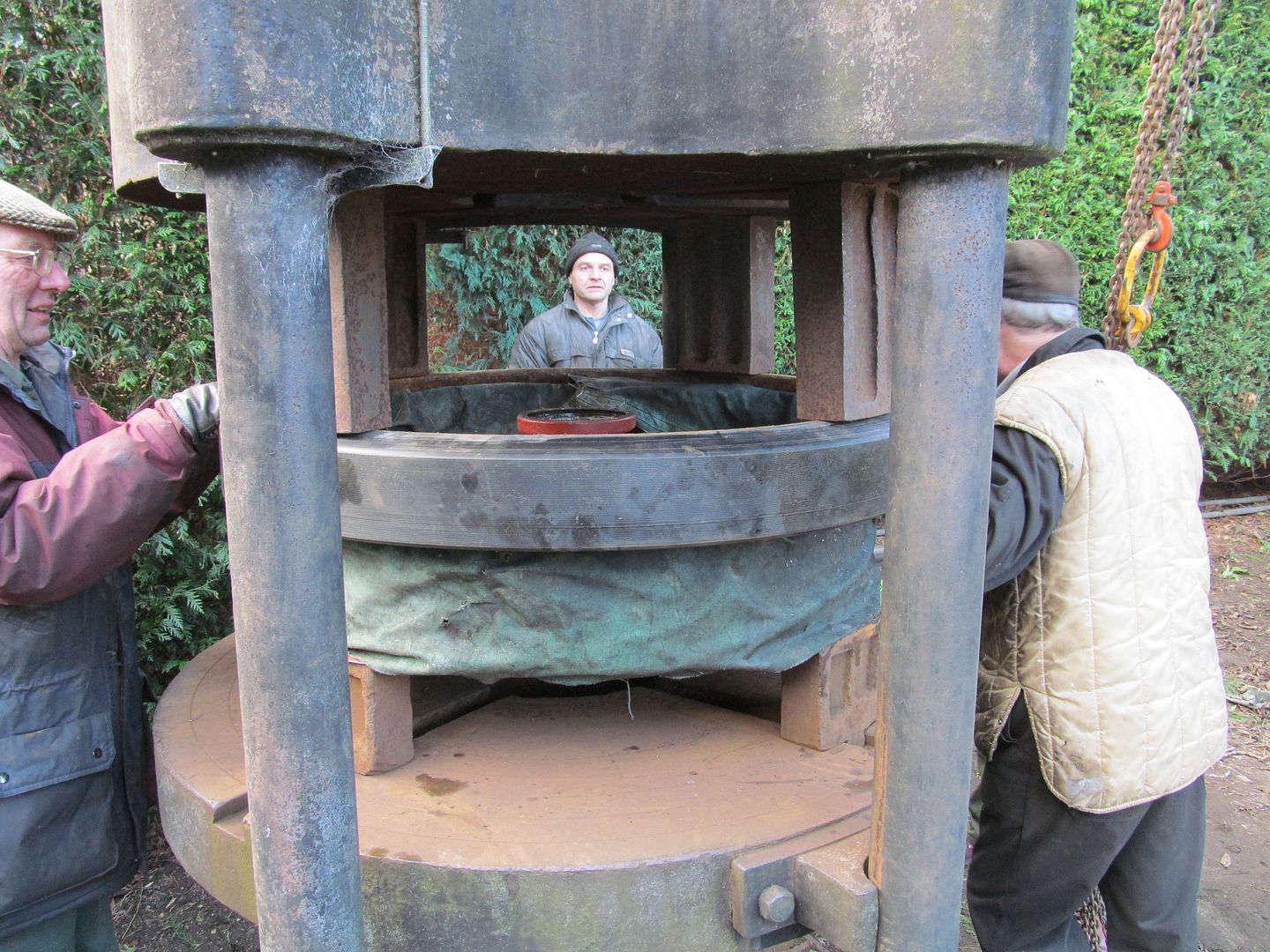
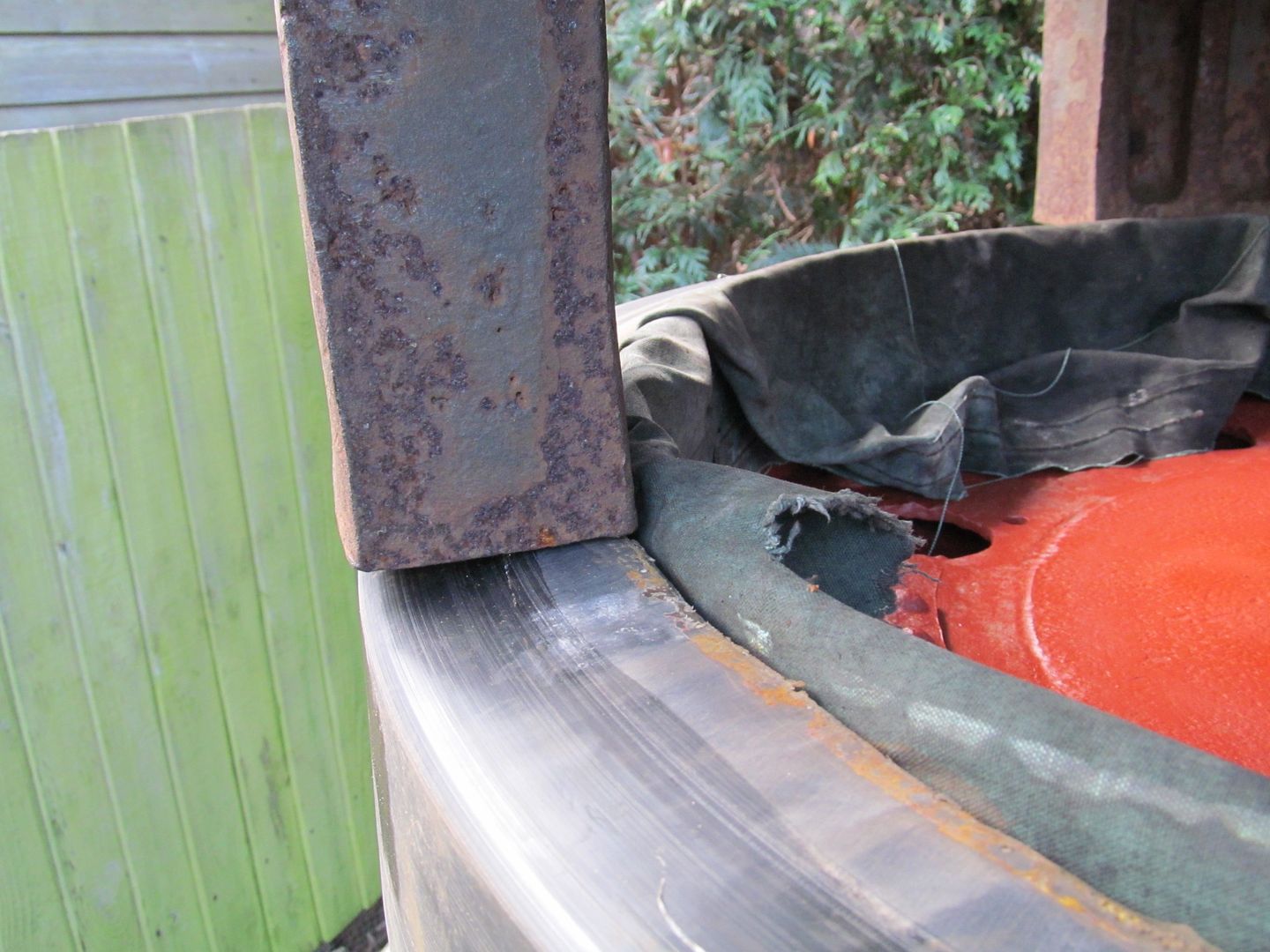
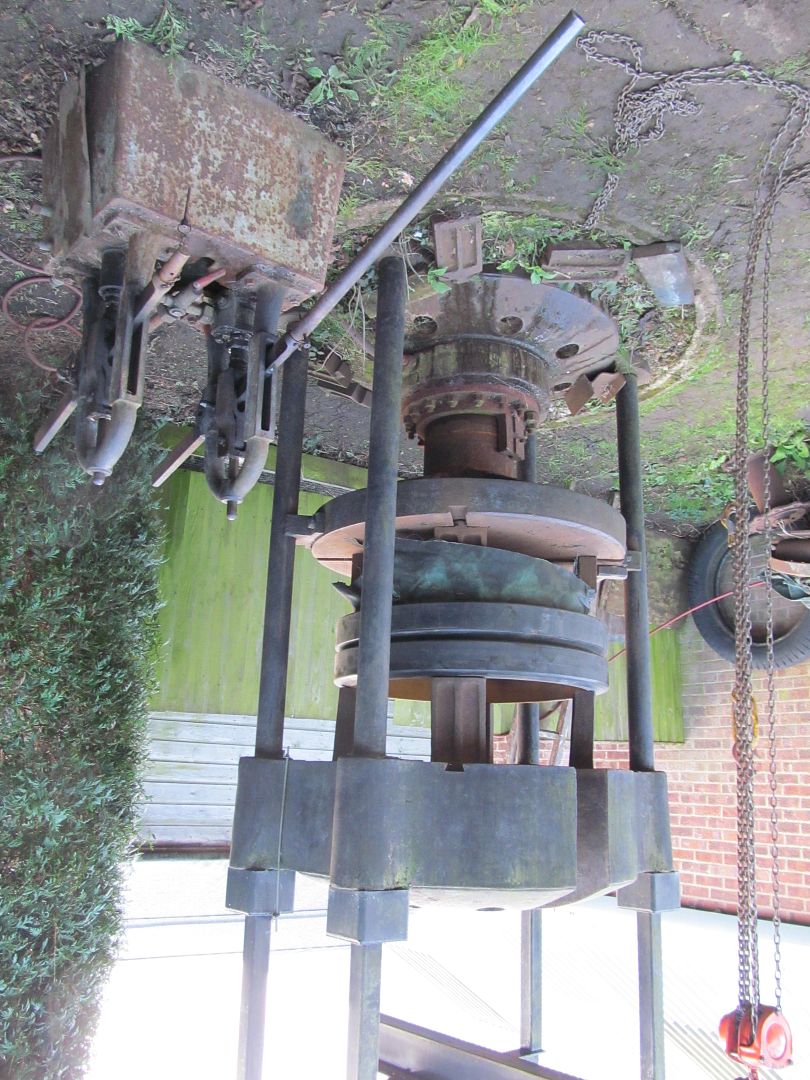
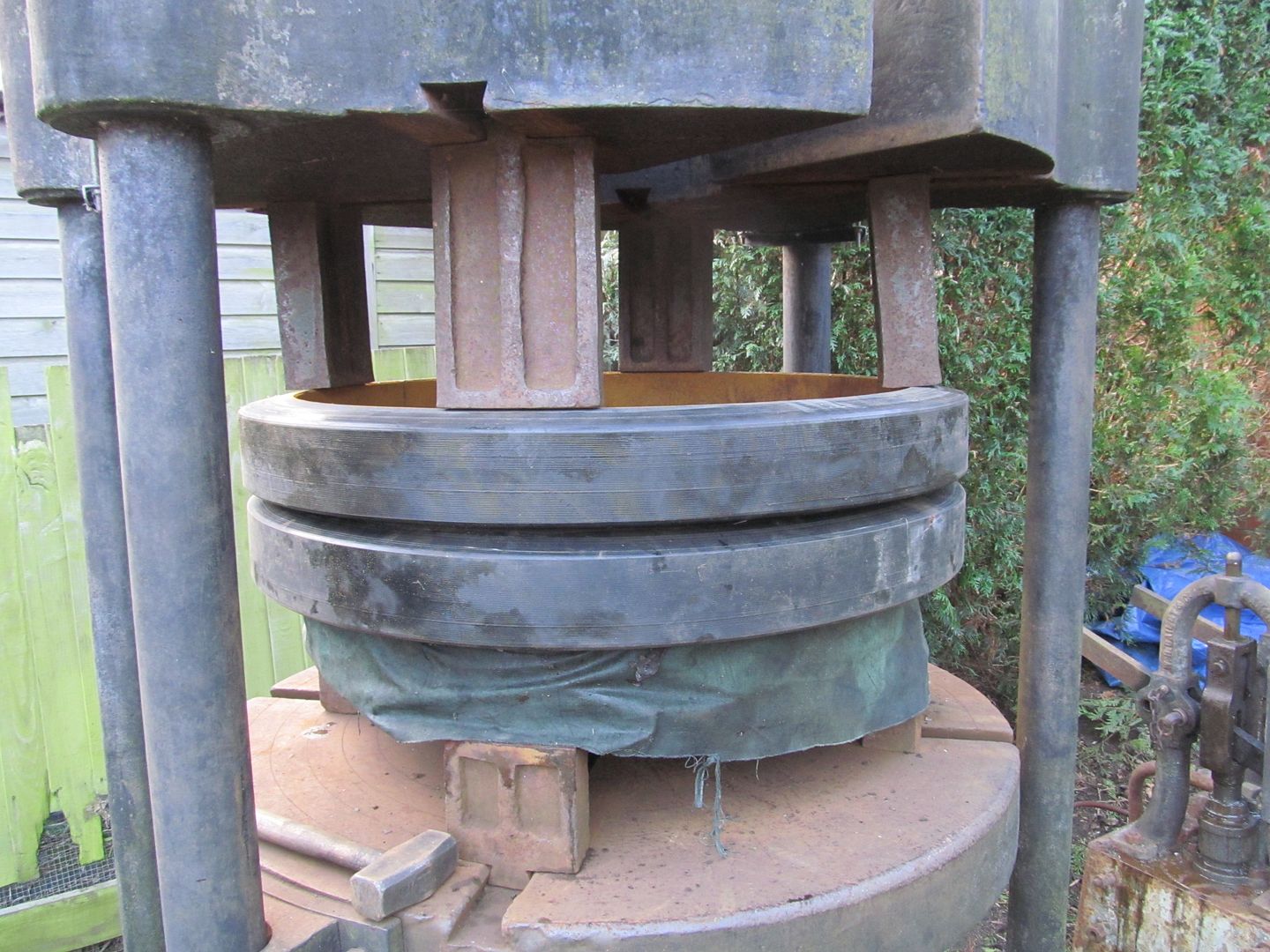
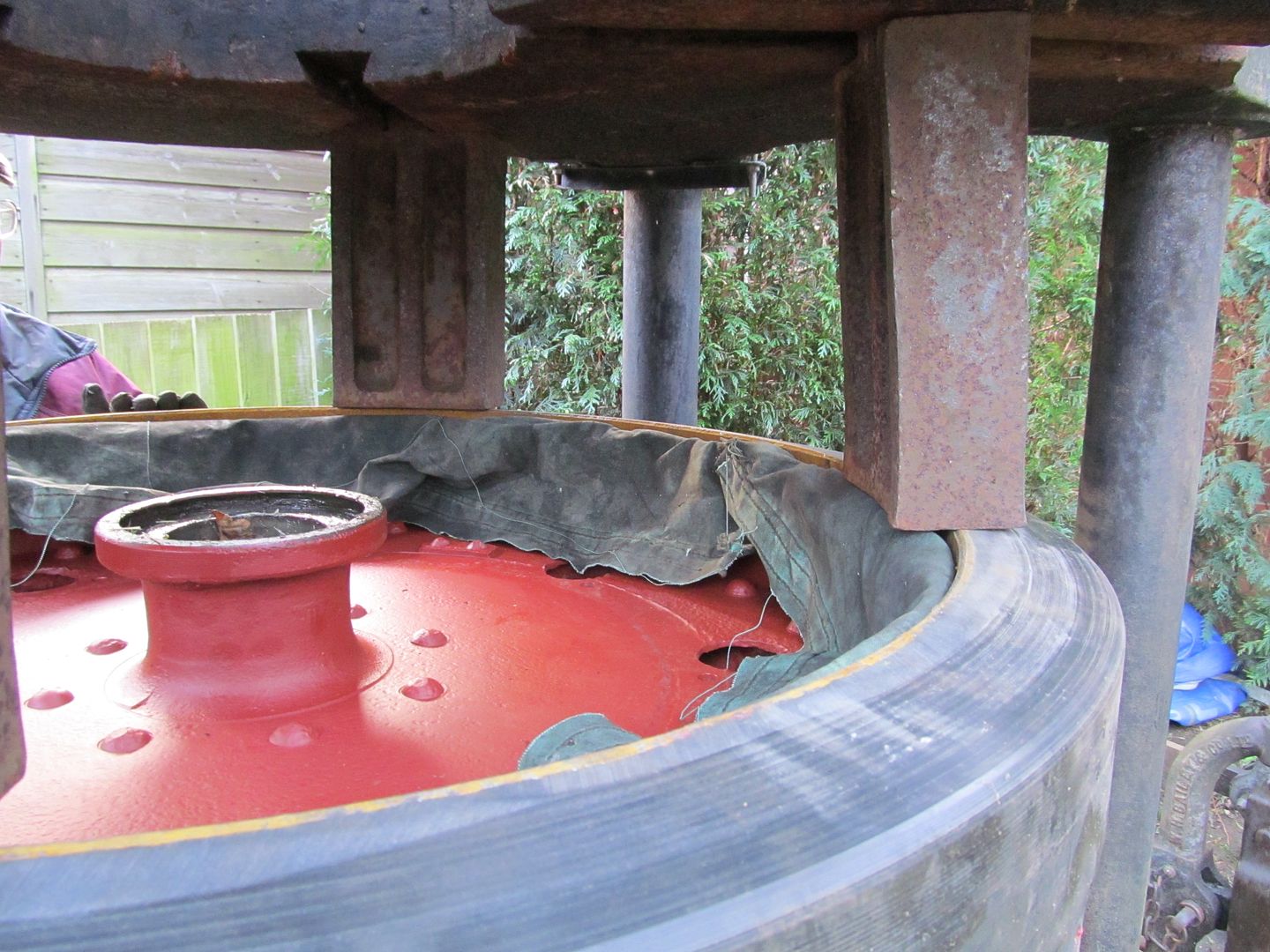
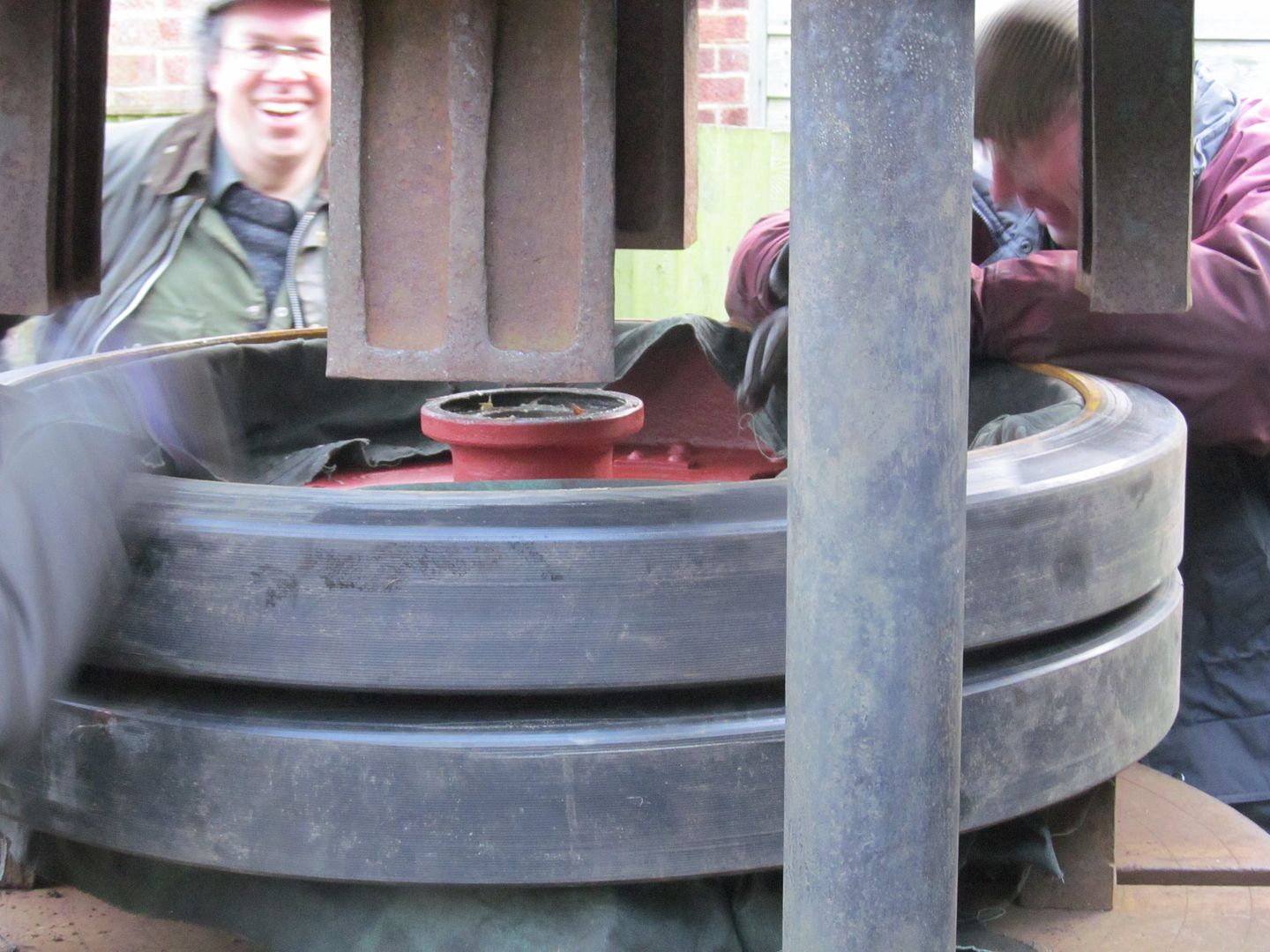
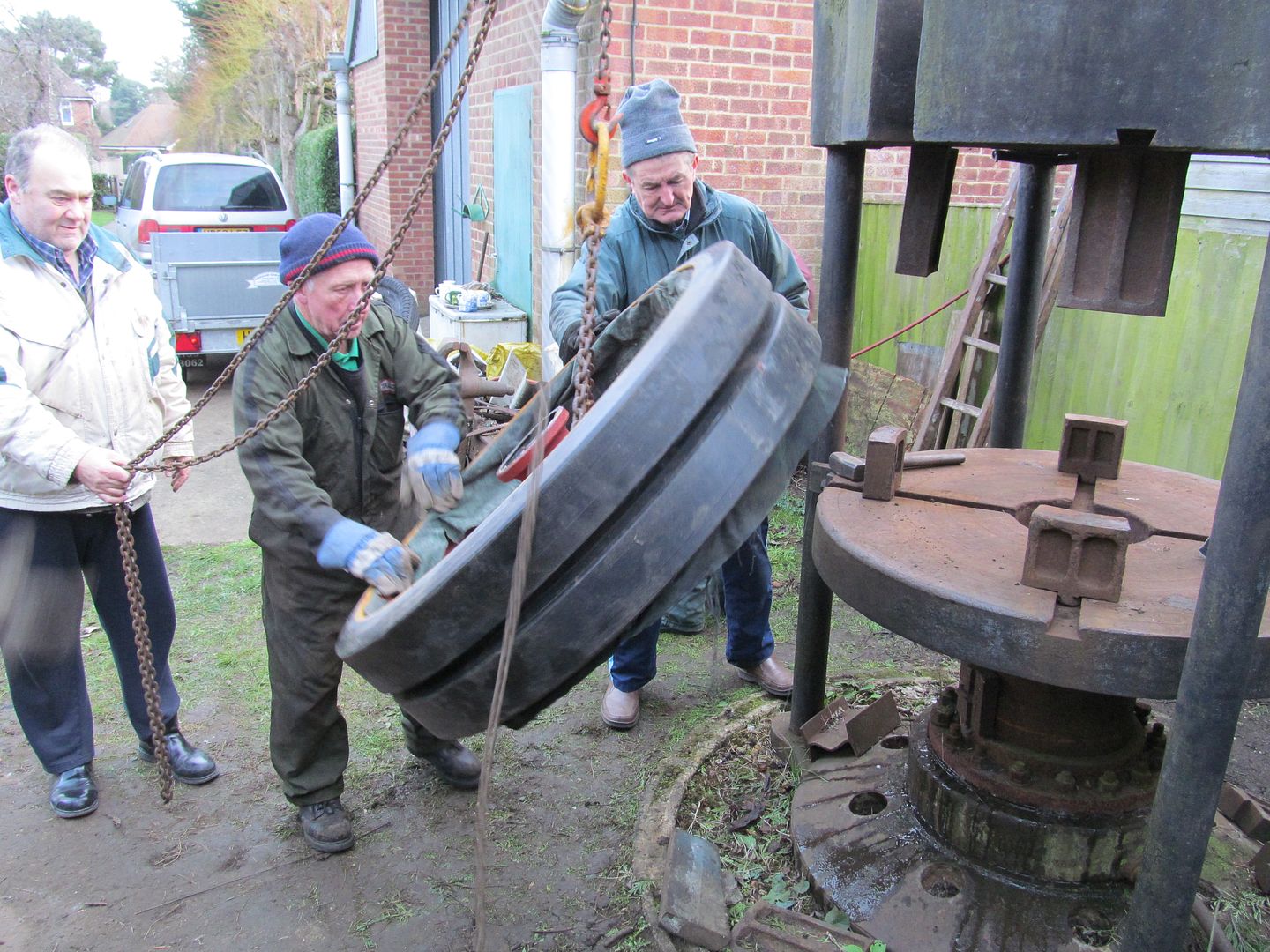
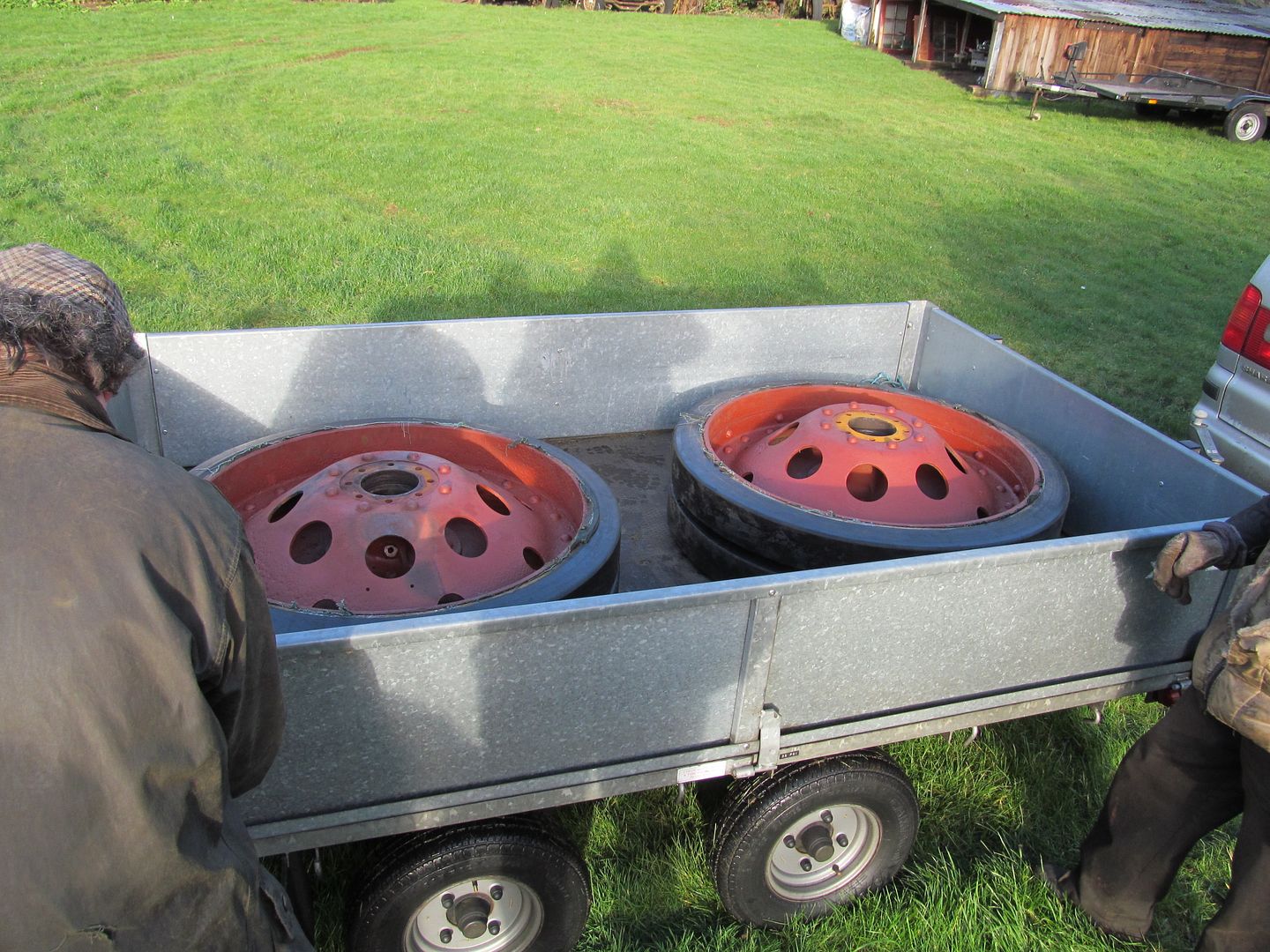

General Interest and War Surplus
in Pre WW2 vehicles
Posted
Some 'artistic licence' with the advert I think. Much along the lines of '1 careful owner, guv'.
Rouen was not the spares depot for the whole of the British Army. Calais was equally as big, if not bigger and then there was also the Middle East and the Home Front Depots.
I've not see any reference to Slough Trading selling the entire depot as one lot either and I'd guess that by October 1922 (although the depot must have been sold well before then) that Slough Trading had taken anything worth having for themselves and maybe sold the rest as a one lot as they were very skint by then.